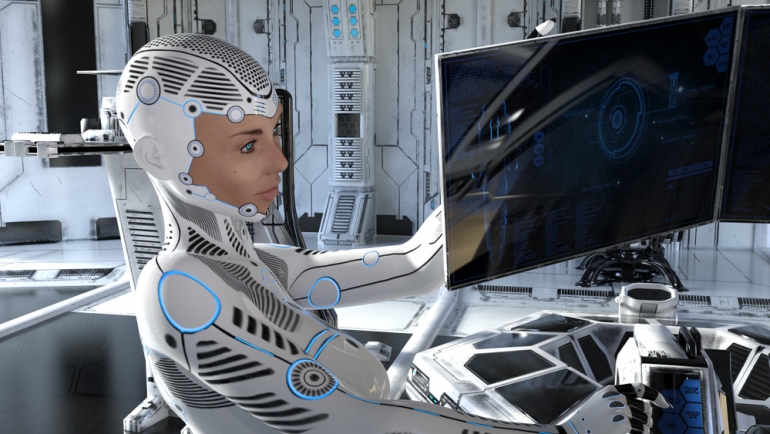From drawing the curtains to self-driving cars and drone delivery, robots have replaced humans in many ways to a considerable extent. They are appearing, with all their awe-inspiring features, in hospitals, hotels, food industries, voice-activated assistances and where-not, to take over our job. In this regard, a Swiss think tank has warned humans that machine automation can produce a fourth world revolution by replacing around half of the human workers by 2025. The heights of robotic influence can now be understood with the idea that man is afraid of a manmade production. However, robots are not the first manmade device that is threatening the man. Weapons and ammunitions had already devastated a great number of human populations.
However, the robots cannot be labelled as a destructive device due to its uses in various fields and industries. On the one hand, machine automation is inspiring humans with the facilities and comfort associated with it. The other way, a struggling populace is losing their jobs. Robots are gradually and imperceptibly replacing humans. Formerly, we had to move and walk to switch off the lights and to shut the doors off. Now with voice-activated digital assistants, you can do it in an instance just with word of mouth. Robots have also been observed in helping simple house chores. Some people regard this extraordinary inclusion of robots scary for humans.
Workforce and Automation
Moreover, WEF reported in employment types will largely change by 2010. And, based on the job profiles of the current employee base, about 50% of companies expect that automation will eventually lead to a decline in their labor force by 2022.
On the other hand, 38% of businesses are keeping hopes to extend their workforce to new productivity-enhancing roles. Subsequently, about 26% of companies expect automation to create new roles in their industry.
However, the shift in workplace dynamics can be compensated by robots producing even more jobs than they occupy. Even though forcing millions of people out of jobs in the next four years, the WEF estimates that a double proportion of new job opportunities will be launched.
The improvement in technologies, artificial intelligence and robotization of the workplace has the potential to produce up to 133 million new jobs for humans.
(Image source: GETTY)
The WEF on the future of jobs indicates that after 2022, about 75 million jobs can be displaced with the change in the division of labor among humans and machines. On the other hand, 133 million new roles may appear that are altered to the new division of labor between humans, algorithms and machines. Moreover, A set of estimation by world economic forum suggests that among 15 million workers, a decline of 0.98 million jobs might occur, while a gain of 1.74 million jobs is expected.
Final Words
At this stage, we need to put forth a greater focus on learning and to teach critical thinking, management skills and social skills that help us saving our existence, enabling our upcoming generations to benefit from the machine automation and rather not overwhelmed by them. We need to teach our people to understand and respect human rights and values. Subsequently, software development and mobile app development companies and institutions should promote and excel in machine learning and automation to confine these ever-changing technological evolution for the benefits of humans and rather not for their devastation.
Author Bio:
Zubair is a digital enthusiast who loves to write on various trends, including Tech, Software Development, AI, and Personal Development. He is a passionate blogger and loves to read and write. He currently works at Mobile app development companies that offers top-notch Mobile app development services to clients across the globe.







